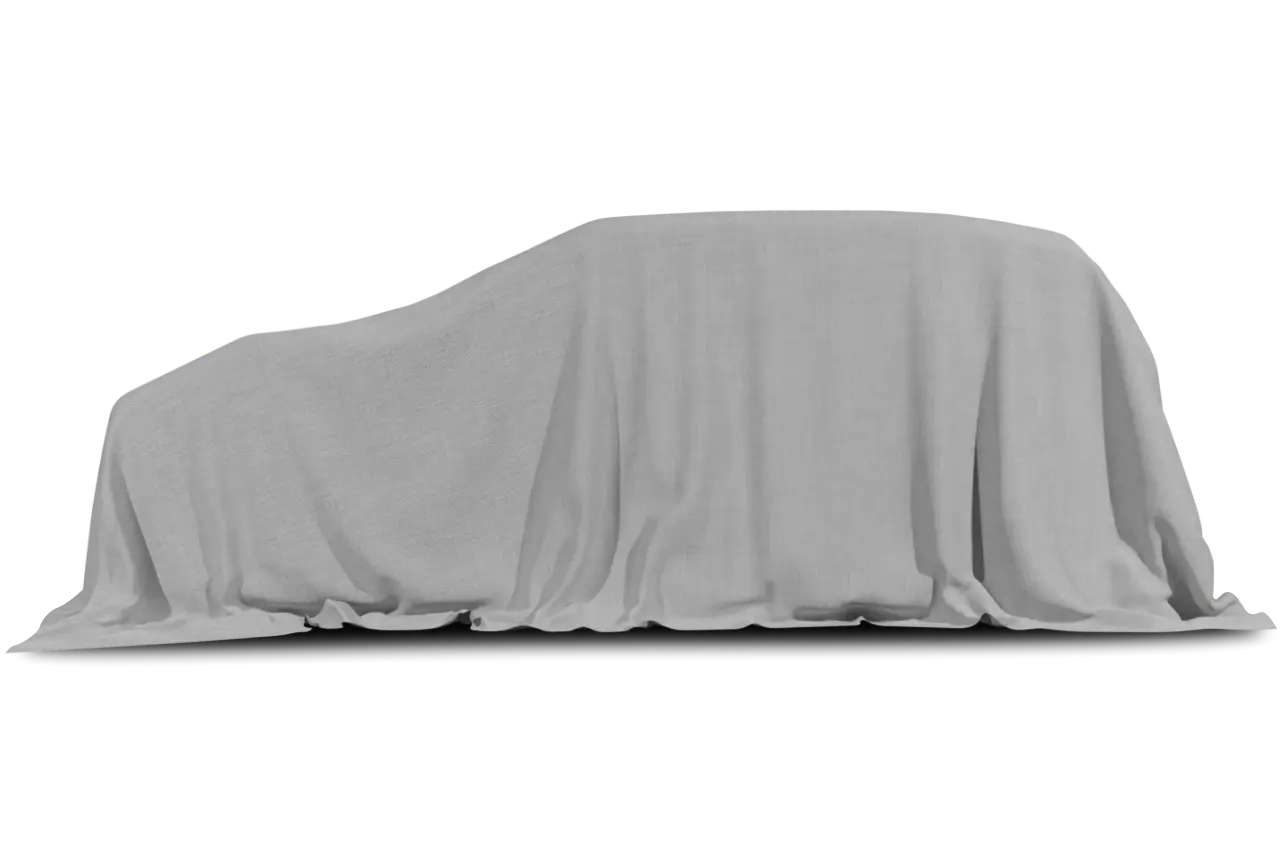
Vehicle Overview
Chrysler introduced a shapely new low-slung sports coupe for 2004. The Crossfire enters 2008 with a tire pressure monitoring system as standard equipment. Competitors include the BMW Z4, Mercedes CLK-Class and Audi TT.
The Crossfire’s bodysides are relatively tall, but glass surfaces are minimal. The Crossfire is available as both a coupe and a convertible. Either a six-speed manual or five-speed automatic gearbox teams with a 215-horsepower, 3.2-liter V-6.
Exterior
The Crossfire’s styling is a blend of edges and subtle curves. A center spine runs the full length of the coupe and serves as a dominant design feature.
A signature winged Chrysler badge up front spans the upper width of the chrome grille. The headlights have circular elements that carve their way into the car’s face. Six grooves run the full length of the long hood. Side air louvers highlight the bodysides. The rear wheels are 19 inches in diameter, while the front ones measure 18 inches.
Wide rear fenders end in large, sculpted taillights and dual exhaust pipes. A tapered boat-tail shape highlights the rear end, which emphasizes the large rear wheels, tires and fender. A retractable spoiler activates when the Crossfire reaches 60 mph.
Interior
Only two occupants fit inside the Crossfire’s twin-cockpit interior. A metallic center console flows from the top of the instrument panel through the center of the car.
The seats are trimmed in either cloth or leather upholstery. The ignition switch is on the instrument panel. The white-on-black gauges have a chrome trim ring.
Under the Hood
The Crossfire’s 3.2-liter V-6 generates 215 hp and 229 pounds-feet of torque. Either a six-speed manual gearbox or an adaptive AutoStick five-speed automatic transmission can be installed.
Safety
Side-impact airbags, a tire pressure monitoring system, all-disc antilock brakes and an electronic stability system are standard. Chrysler updated the car’s airbags for 2007, adding knee airbags for the driver and passenger, making the driver’s front airbag a multi-stage deployment one and adding an occupant-sensing passenger airbag.

































